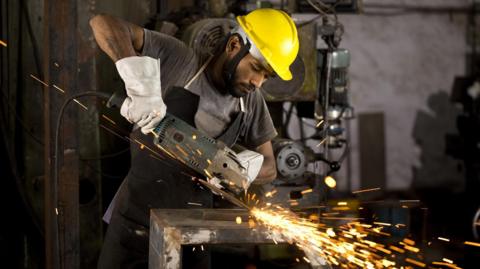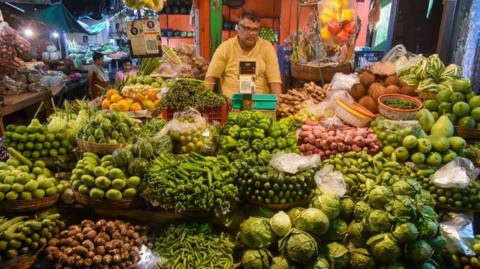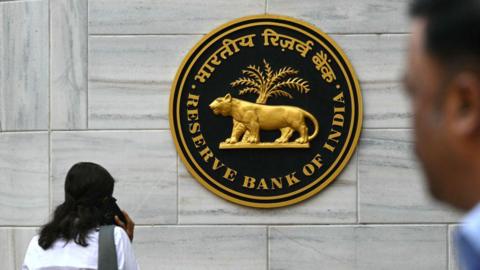Is the world's fastest-growing big economy losing steam?
The latest GDP numbers paint a sobering picture. Between July and September, India's economy slumped to a seven-quarter low of 5.4%, well below the Reserve Bank of India (RBI) forecast of 7%.
While it is still robust compared with developed nations, the figure signals a slowdown.
Economists attribute this to several factors. Consumer demand has weakened, private investment has been sluggish for years and government spending - an essential driver in recent years - has been pulled back. India's goods exports have long struggled, with their share standing at a mere 2% in 2023.
Fast-moving consumer goods (FMCG) companies report tepid sales, while salary bills at publicly traded firms, a proxy for urban wages, shrank last quarter. Even the previously bullish RBI has revised its growth forecast to 6.6% for the financial year 2024-2025.
"All hell seems to have broken loose after the latest GDP numbers," says economist Rajeshwari Sengupta. "But this has been building up for a while. There's a clear slowdown and a serious demand problem."
Finance Minister Nirmala Sitharaman paints a brighter picture. She said last week that the decline was "not systemic" but a result of reducing government spending during an election-focused quarter. She expected third-quarter growth to offset the recent decline. India will probably remain the fastest-growing major economy despite challenges like stagnant wages affecting domestic consumption, slowing global demand and climate disruptions in agriculture, Sitharaman said.



